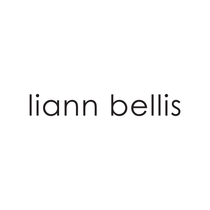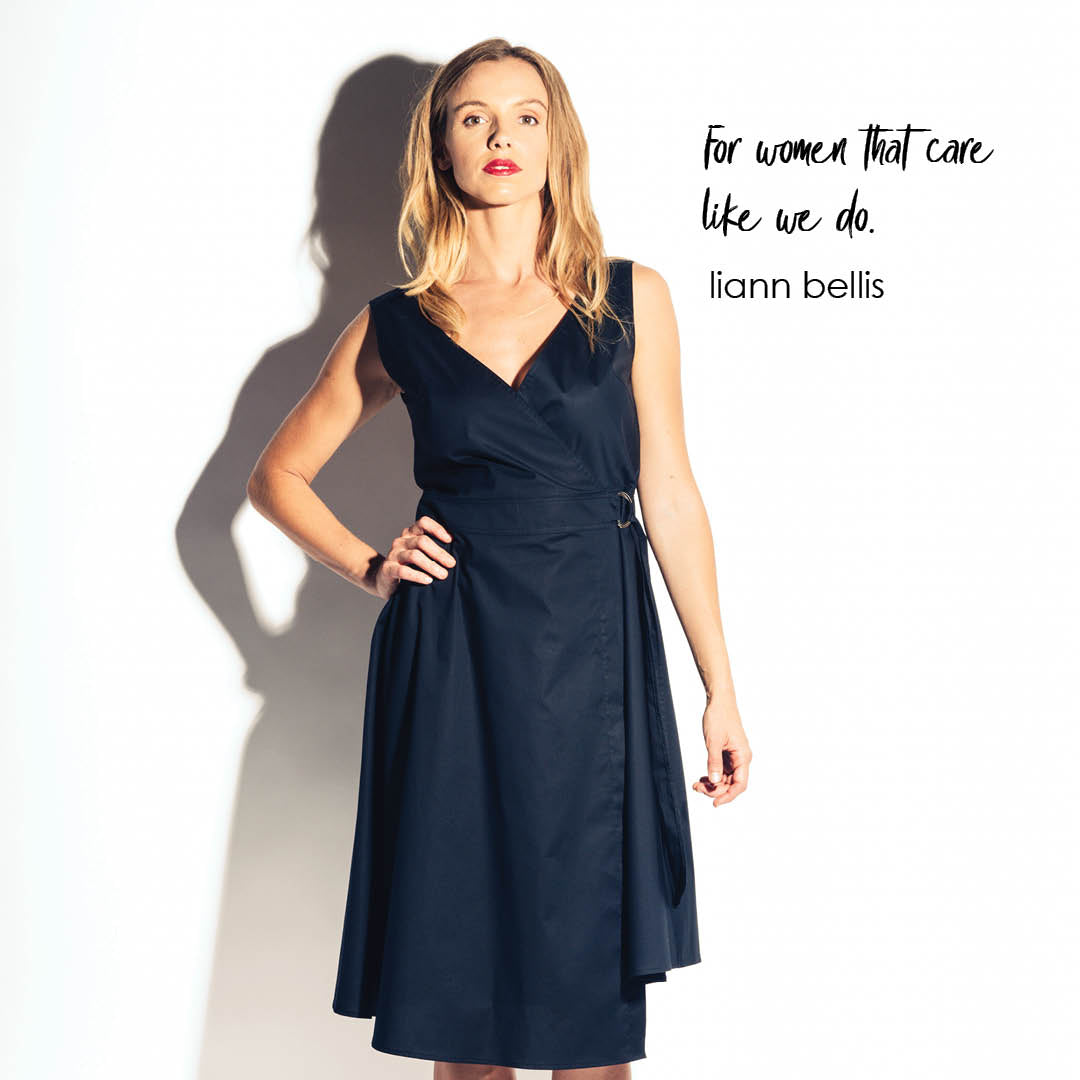
Majority of you have started recycling your plastic bottles, you may even have a compost, if so go you! But did you know how you buy fashion makes a huge difference to the world. If you haven’t thought about how your clothing is produced before well there is no time like the present.
We are noticing more and more consumers are starting to ask some hard questions about how their clothing is made. They want to better understand the (lack of) transparency, sustainability, and ethics of the global fashion industry and how it impacts the environment and people around the world. But most consumers simply didn’t know where to start, and may feel overwhelmed by the opaqueness and complexity of global supply chains.
It’s important to learn about the differences between ethical or sustainable fashion and fast or mainstream fashion. Similar to the slow food versus fast food movement, There are many overlapping terms to describe ethical fashion: sustainable, organic, fair trade, etc.
Sustainable = the designer has thought about where the the garment is manufactured, what it takes to be manufactured eg how the production affects the environment, including transportation and packaging. They are also thinking how long a garment will last and where needed using blended fabrics that improve the life of the garment.
Organic = This means no chemical dies or sprays were used in the production of the fabric. For instance when using natural fibers such as cotton, a huge amount of harmful pesticides are usually used to grow the cotton.
Fairtrade and ethically produced = there is still a huge amount of manufacturing that is happening around the world that is classed as slave labour, with an ever-increasing competitive environment such as fashion the focus on the consumer is to get the best deal. We need to be aware of what that $30 t-shirt costs to another human being. Fairtrade means it is proven to follow the global standards of Fairtrade Practices Act and being ethically produced means the business has looked into how their choices affect others, they are owning their responsibility as a business owner.
Fast fashion/ Slow fashion = Fast fashion is the fades the chain store production of things that are in this season. Slow fashion means the designer has thought about whether the garment will be worn for many seasons. This makes a huge difference to the sustainability of a garment.
Your 3 step guide:
- DO YOUR RESEARCH
Knowledge is queen, so start understanding your favourite designers, spend some time researching your options here are some questions to think about:
- Who are your favourite brands? What does it say on their websites about where and how their garments are produced?
- What do they do with their excess garments or fabrics, do they give them to charities or local schools?
- Do they give back to their community?
- Is the fabric they are choosing sustainable and hard-wearing?
- What brands in NZ yell from the rooftops that they care?
- BUY SMARTER
Once you’ve researched your favorite fashion brands, you have an opportunity to use your voice to make a change. We are buying more than our closets can fit and our wallets can support. This is where buying less and buying smarter come in. The only way to make a dent in our over-consumption of fashion and its subsequent consequences is to not only buy less, but also buy smarter. Sometimes this may mean paying more upfront for a higher quality garment, yet the cost-per-wear typically is lower in the long-run for those much-loved pieces that don’t unravel after a few washes.
Conscious consuming checklist:
- Check in with your emotions, are you going shopping for the right reasons?
- Go shopping for a purpose, too many 3 for the price of 2 deals are being purchased because we are being influenced, you don’t need 3.
- Check your wardrobe, what is it lacking? What can you team differently for new looks?
- Is the item comfortable, does this item fit well? If it doesn’t you won’t wear it as much and it will sit in your wardrobe.
- Check the quality of a garment does it look like it will pill or go out of shape after a few washes?
- Choose fashion designs that you can layer up trans-seasonally or that are timeless to keep bringing out for a few years.
- WHAT TO DO WITH UNWANTED CLOTHES.
One woman’s trash is another woman’s treasure. You may find people in need that would love something that you don’t care much for. Think of what it takes to produce all those cleaning cloths that you use.
Ideas:
- Sell clothes online
- Swap clothes with friends, maybe host a tea/wine and swap party.
- Donate to charity shops
- Get creative with clothes by wearing things differently or transforming items eg. making dresses into skirts or pants into shorts.
- Old t-shirts make great cleaning cloths, give old shirts to creative kids groups for painting.
Be sure to share the love by recommending designers and manufacturers that produce garments that actually care about the planet and her inhabitants. Make a stand on those that don’t by talking to them. The more awareness created, the more likelihood of change.


